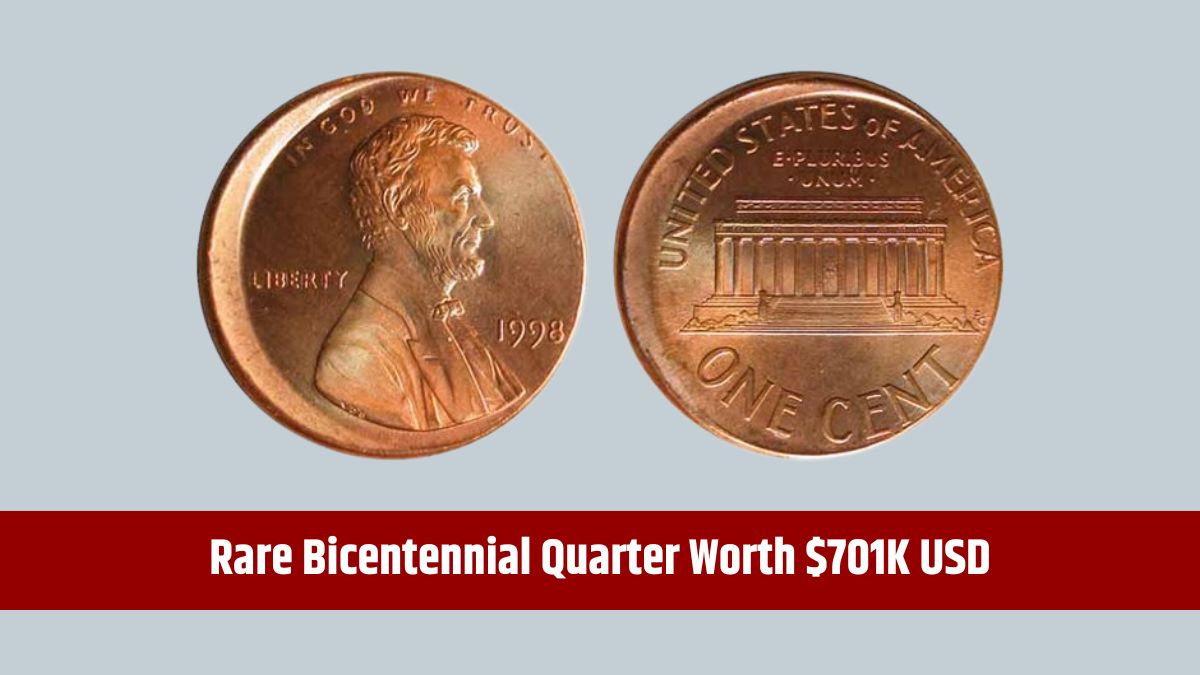Social Security payments play a vital role in providing financial security for millions of Americans. If you’re one of the eligible retirees, you might receive a payment of up to $4,873 this October. However, not everyone qualifies for this large amount, as strict criteria must be met. Let’s break down the payment schedule for October and investigate who qualifies for these substantial benefits.
Payment Dates
In October, Social Security has planned four different payment dates for retirees. Depending on your birthday and when you started receiving benefits, your direct deposit will arrive on one of the following days:
- October 3: This payment is reserved for those who applied for Social Security benefits before May 1997. It also includes recipients of Supplemental Security Income (SSI) and Social Security retirement benefits. However, SSI recipients typically receive a lower payment, and therefore, won’t be eligible for the $4,873.
- October 9: Retirees who began receiving benefits after April 30, 1997, and were born between the 1st and 10th of any month, will receive their payment on this date.
- October 16: If you were born between the 11th and 20th of the month and started collecting Social Security after April 1997, you’ll receive your payment on October 16.
- October 23: Lastly, individuals born between the 21st and 31st will receive their direct deposit on this day, provided they started collecting benefits after April 1997.
The average Social Security payment is approximately $1,920, but only a small percentage of retirees will see the maximum payment of $4,873.
Who Can Receive
While the possibility of receiving a large Social Security check of $4,873 in October exists, very few people qualify for such a high payment. To earn this maximum benefit, you must meet some very specific and stringent criteria set by the Social Security Administration (SSA). These include:
- Filing at Age 70: You must wait until you turn 70 to start receiving benefits. Filing early, such as at 62, drastically reduces the monthly amount you receive. The longer you delay, up to age 70, the more your monthly benefit grows.
- Working for 35 Years: Social Security calculates your benefit based on your highest 35 years of earnings. If you have less than 35 years of work history, zeros are averaged in, lowering your benefit.
- Earning the Taxable Maximum: For each of those 35 years, you must have earned the maximum taxable amount. In 2024, this number is $168,600. You’ll need to have consistently earned at or above this limit for most of your working life to qualify for the highest possible payout.
- Paying Social Security Taxes: Lastly, your earnings must come from jobs that are subject to Social Security taxes. This is especially important for people who may have worked for non-profits, government jobs, or were self-employed in positions that didn’t pay into Social Security.
Only workers who meet all these criteria will qualify for the maximum benefit of $4,873.
Eligibility
To help clarify which group you fall into for October payments, here’s a brief outline:
- October 3: Retirees who applied for benefits before May 1997 or receive both SSI and retirement benefits.
- October 9: Born between the 1st and 10th of the month and receiving benefits since after April 1997.
- October 16: Born between the 11th and 20th of the month, receiving benefits since after April 1997.
- October 23: Born between the 21st and 31st of the month and receiving benefits after April 1997.
Remember, even if you’re not eligible for the maximum benefit, you will still receive your regular monthly Social Security payment on one of these dates. The SSA has streamlined the process so you can be confident of receiving your payment on time.
For most Americans, the average Social Security benefit is far lower than $4,873. As mentioned, the average monthly payment is around $1,920, but this can vary depending on your earnings history and when you choose to start receiving benefits.
October marks an important time for retirees to check their payment date and ensure they meet all the criteria for their expected deposit.
The chances of receiving the maximum Social Security benefit are slim, but not impossible. It requires a lifetime of planning, working high-income jobs, and delaying retirement benefits until the age of 70. For most, Social Security provides a solid foundation, even if the maximum payment remains out of reach.
FAQs
How do I get the $4,873 Social Security payment?
You must meet strict requirements, including filing at age 70.
When will Social Security pay me in October?
Payments will be sent on October 3, 9, 16, and 23.
Can I get SSI and the maximum Social Security payment?
No, SSI recipients have low incomes and do not qualify for the $4,873.
What is the average Social Security benefit?
The average payment is approximately $1,920 per month.
Why didn’t I receive the maximum Social Security benefit?
You likely did not meet the 35-year high-earnings requirement.






